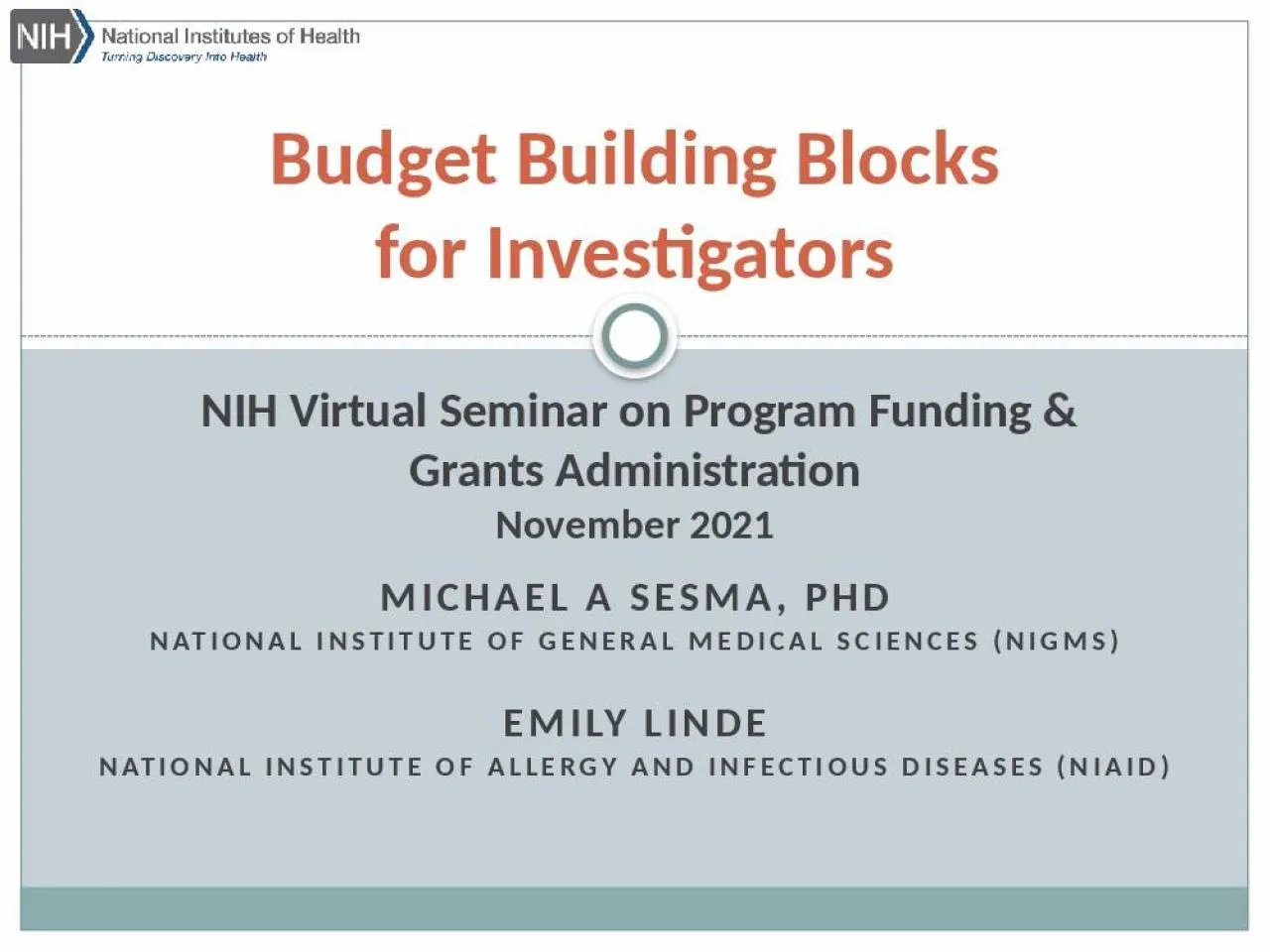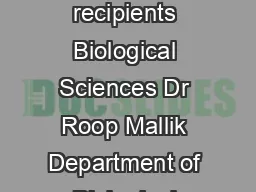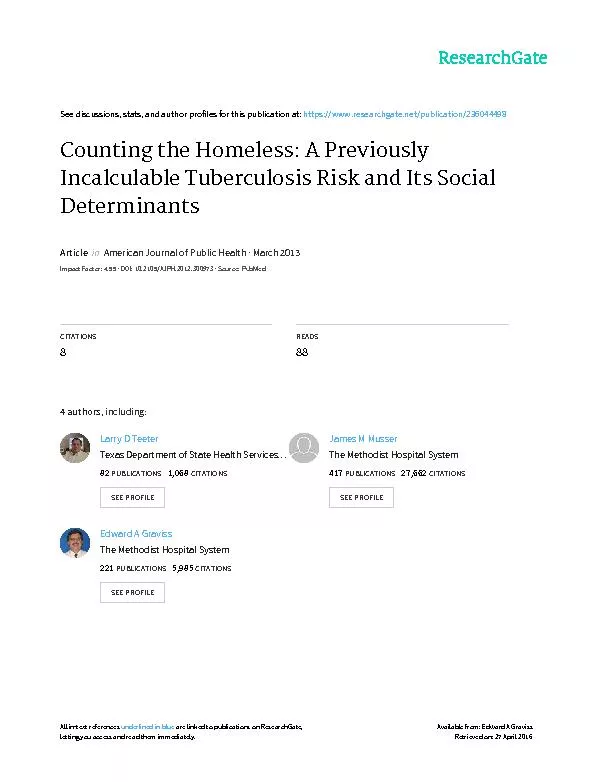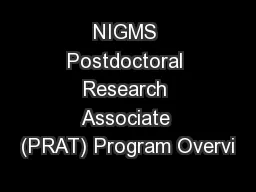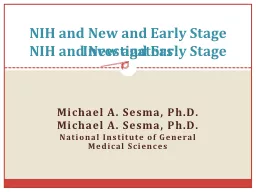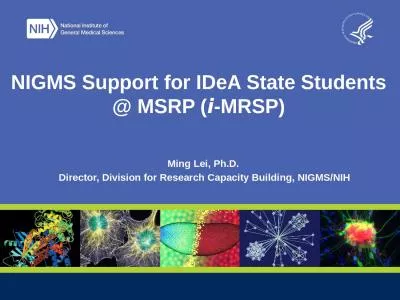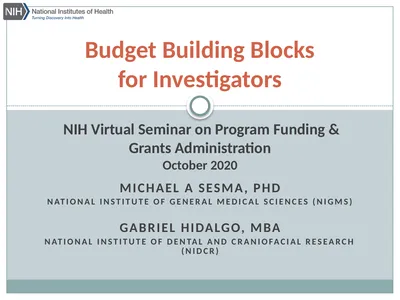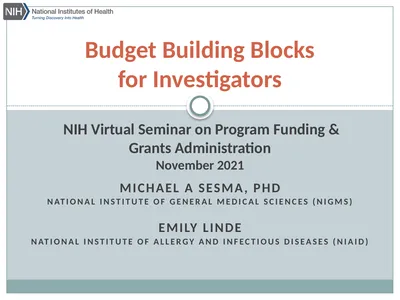PPT-Michael A Sesma, Phd National Institute of general medical sciences (NIGMS)
Author : roy | Published Date : 2022-02-12
Emily Linde NATIONAL INSTITUTE OF Allergy and infectious Diseases niAID Budget Building Blocks for Investigators NIH Virtual Seminar on Program Funding amp Grants
Presentation Embed Code
Download Presentation
Download Presentation The PPT/PDF document "Michael A Sesma, Phd National Institute..." is the property of its rightful owner. Permission is granted to download and print the materials on this website for personal, non-commercial use only, and to display it on your personal computer provided you do not modify the materials and that you retain all copyright notices contained in the materials. By downloading content from our website, you accept the terms of this agreement.
Michael A Sesma, Phd National Institute of general medical sciences (NIGMS): Transcript
Download Rules Of Document
"Michael A Sesma, Phd National Institute of general medical sciences (NIGMS)"The content belongs to its owner. You may download and print it for personal use, without modification, and keep all copyright notices. By downloading, you agree to these terms.
Related Documents

